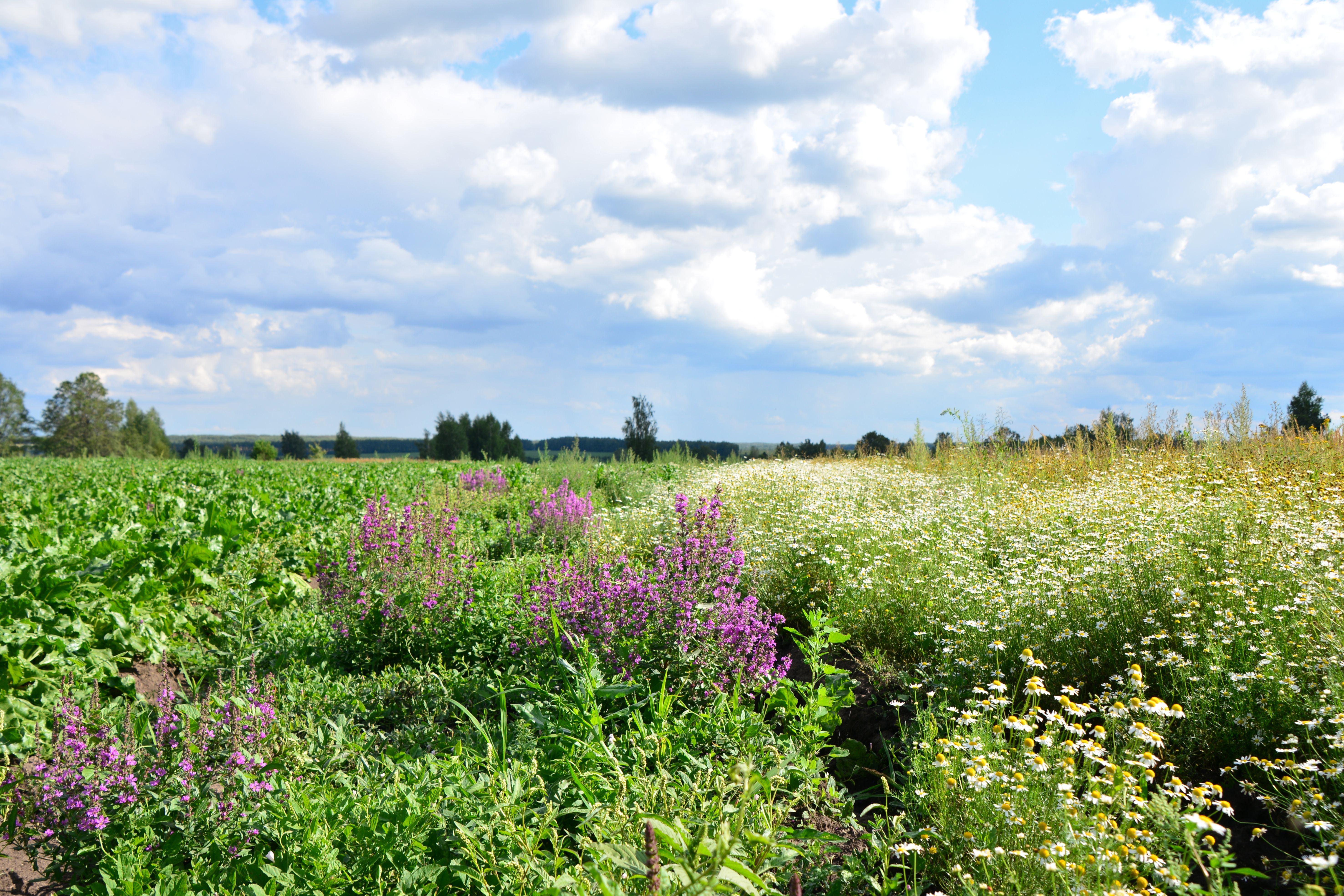The Benefits of Wildflower Margins in Agriculture
Introduction
Ask any farmer and you’ll often get the same look when “biodiversity” comes up; half interest, half fatigue. It sounds like another job for the clipboard brigade. But strip it back, and biodiversity just means giving nature a fighting chance to do what it’s always done. One of the simplest, smartest ways to do that is with wildflower margins.
They don’t need much land. They don’t cost a fortune. And quietly, they pull their weight in more ways than one.

Pollinators: The Unpaid Staff That Keep the Wheels Turning
Here’s the plain truth: without pollinators, Irish farming would grind to a halt. Bees, hoverflies, butterflies, and beetles do enormous work that rarely makes the balance sheet. In Ireland alone, these tiny workers are worth their weight in gold through food-crop production and trade.
The problem? They’re vanishing. Roughly one-third of Ireland’s wild bee species are now threatened with extinction, and about half have declined since the 1980s. That’s not a statistic to brush off, it’s a warning that the ecosystem keeping our crops alive is under strain.
A simple metre-wide strip of native wildflowers can help change that. Sown along a field edge or beside a gateway, it feeds pollinators through the “hungry gap” between late spring and autumn, when not much else is in bloom. It’s a small act with a big impact, keeping that unseen workforce healthy and active when they’re needed most.

Nature’s Own Pest Control System
Wildflower margins don’t just feed bees, they recruit allies. Ladybirds, lacewings, and parasitic wasps thrive along those strips, keeping aphids and caterpillars in check before they ever reach the crop.
Research from across Europe shows that flower-rich strips boost natural pest-control services by roughly 16% on average. That’s fewer chemical sprays, cleaner water, healthier soils, and less pressure on the environment. It’s nature doing the job, quietly and efficiently, while the farmer focuses on the rest of the operation.
And once they’re established, wildflower margins don’t demand much. A light mow once or twice a year keeps them in shape, that’s it.

Good for the Land, Great for the Look
Irish farmers get plenty of flak, about emissions, runoff, you name it. But those who’ve planted wildflower margins have found that they change the story entirely. They look great, hum with life, and show that farmers are part of the climate solution, not the problem.
They’re good PR, but they’re also good business. Across Europe, insect pollination adds almost €15 billion every year to the food economy. Those splashes of colour along the lane or ditch aren’t just for show; they’re part of a much bigger picture, a farming system that’s productive, balanced, and forward-looking.

Getting Started: Keep It Simple
- Go native: Irish wildflower seed mixes are best suited to local soils and pollinators.
- Clear first, sow once: Remove weeds before sowing; mow lightly after flowering.
- Pick smart spots: Ditches, stone walls, or low-yield edges are ideal. Avoid ground that’s too rich or compacted.
- Keep records: Photos or quick notes help with eco-scheme claims and showcase your environmental work.
You don’t need to rewild the farm. Just carve out a small space for nature to work alongside you, it’ll more than earn its keep.

Conclusion
Irish farming is changing fast, and so are expectations. Wildflower margins are a simple, visible way to show progress, not pressure. They help biodiversity, tick compliance boxes, save on inputs, and build trust with the public.
When those flowers start to bloom, they’re more than decoration. They’re a reminder that the heart of Irish farming still beats in time with the land, steady, resilient, and alive.
Because sometimes, the best investments don’t come from new machinery or fancy tech. They start with a few seeds, a quiet corner of a field, and a farmer who knows that nature’s not the enemy, it’s the oldest partner we’ve got.
*By Anne Hayden MSc., Founder, The Informed Farmer Consultancy.
